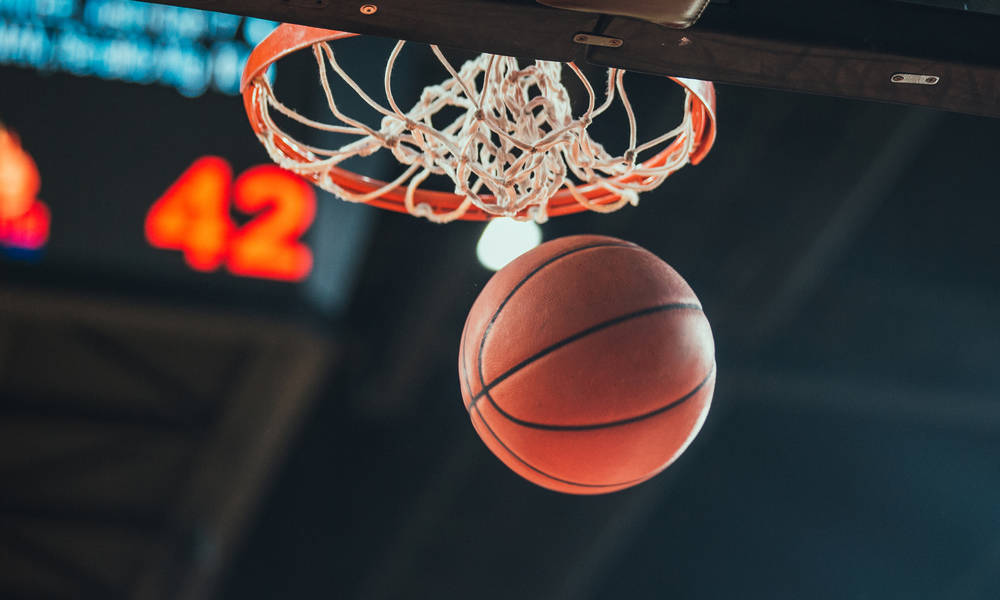
Training Lessons From The NBA’s G League
The NBA’s minor league system, the G League, will offer prominent basketball prospects the opportunity to hone their skills while giving them an alternative to college. It’s not unlike the ways that associations offer training programs of their own.
Perhaps your members don’t face the tough decisions that a top basketball prospect might. But there is plenty to learn from the way the NBA is trying to cater to these prospects.
Recently, the NBA’s minor league arm, the G League (the G stands for Gatorade, of course) announced plans to allow players who just graduated from high school to spend a year in the NBA’s farm system, at a rate of $125,000, which is well above the league’s $35,000 base minimum. The idea is to give NBA prospects who would otherwise go to college as “one-and-done” students—entering the NBA Draft after their freshman year—an opportunity for a different kind of professional experience.
Given the ethics problems that have faced college sports and the frequent calls to pay college basketball players, leading to NCAA rule changes announced earlier this year, the strategy could prove a best-of-both-worlds situation: Players would get experience in a league with a format that’s closer to an NBA team than the March Madness-driven NCAA Division I, and the influx of high-profile players could boost attention to the 27-team G League, which plays in secondary markets or in smaller arenas than higher-profile NBA teams.
While it could be seen as an admission that college isn’t for everyone, it also highlights how the league can offer professional training to players, without some of the more arduous problems that face prospects who choose the college route—most notably, that they receive only a small stipend for their play, and they can’t work with agents during the school year. Previously, they couldn’t work with agents during the offseason, either, but the NCAA changed those rules as part of its series of reforms.
(The NCAA, for its part, defended the value of college education in a statement to CBS Sports but admitted that the change “provides another option for those who would prefer not to attend college but want to directly pursue professional basketball.”)
G League Apprenticeship
In many ways, the approach is not all that dissimilar to association chapters that target high school or college students, or training programs that help to boost the success rate of new entrants into an industry.
A few examples of this approach in action:
The Association of Information Technology Professionals, a group that CompTIA relaunched earlier this year with the goal of training IT professionals, no matter their career or educational background.
An RV Industry Association initiative that plans to train technicians on the skills that the industry needs, a $10 million investment that even includes its own technical institute.
An apprenticeship program, backed by the National Restaurant Association Educational Foundation and the American Hotel and Lodging Association, that aims to help train and certify hundreds of apprentices in the art of hospitality.
Approaches like these, which can boost the overall quality of players while creating new educational opportunities, simply make a lot of sense.
It could also help raise the potential for career success, something already seen in the NBA’s G League investment: Even before the recent announcement, the G League has earned a reputation of helping forge better NBA players, with some of the most famous examples being Jeremy Lin and Hassan Whiteside. The league has even explicitly facilitated this sort of career growth, allowing G Leaguers to maintain draft eligibility and creating opportunities for “two-way” players, who spend most of their time in the G League but also have opportunities to play with their team’s affiliated NBA franchise.
While there are plenty of questions about the move to target top draft-bound prospects—how appealing it might be to NBA prospects who traditionally have favored college, who will get the chance to take part in the program, and whether the G League will make special efforts to help these players thrive in this environment—it’s clear there’s a lot of potential in offering an alternative training path.
(TuelekZa/iStock/Getty Images Plus)






Comments